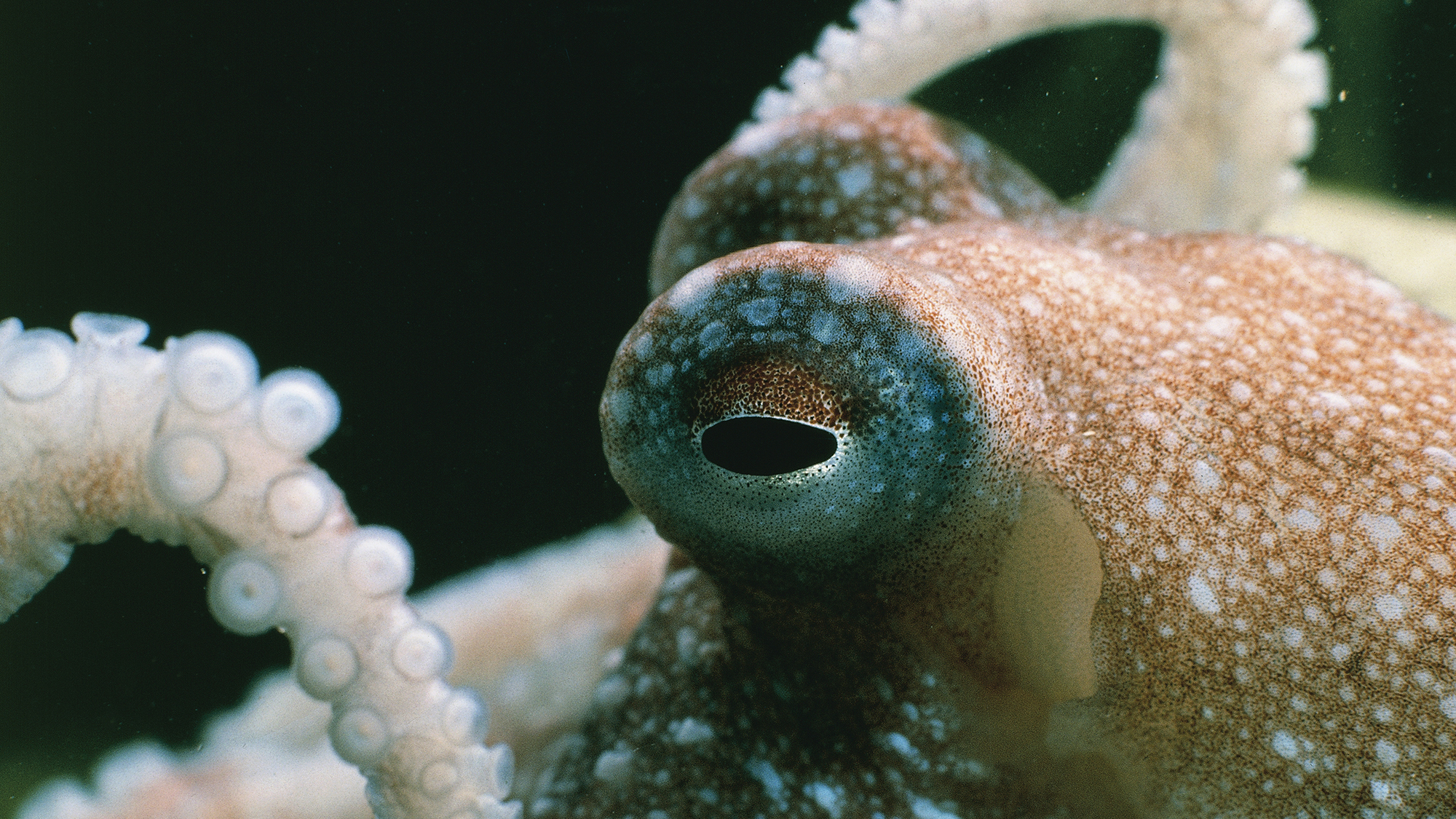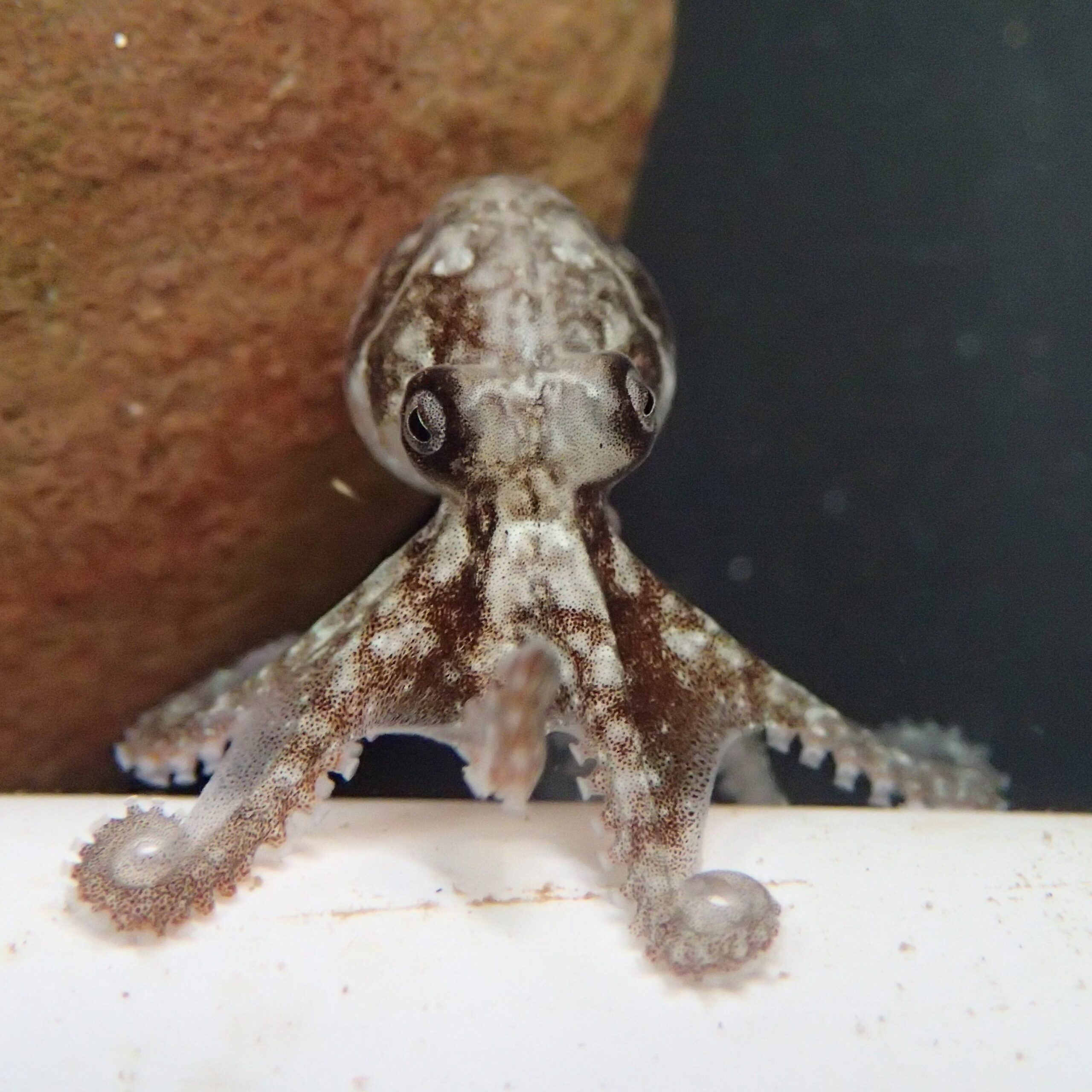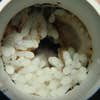Why counting octopus ‘rings’ is crucial
New guidelines offer scientists and fisheries a way to tell the age of an octopus.

The Earth’s octopuses have been around for at least 330 million years. While they evolved before dinosaurs roamed the planet, their present day descendents don’t live for very long. They generally die soon after mating or laying eggs, with some octopus species living only six months and the average living about two to three years. Some species like the giant Pacific octopus can live up to five years at most.
To keep fish populations sustainable, fisheries must ensure that enough breeding individuals are either left alone or released back into the wild. Government agencies can enforce catch laws, while scientists can inform laws by understanding the breeding lives of various fish. For octopuses, their short lifespans have been okay on an evolutionary level. However, as human taste for these cephalopods grows, it’s become a problem to meet demand.
In an effort to protect the longevity of this incredibly old and smart sea creature while ensuring that octopus fisheries remain sustainable, a team of scientists in Australia have created the first known step-by-step guide for determining the age of an octopus. The guide is detailed in a paper published April 11 in the Marine and Freshwater Research Journal and offers a first step in creating guidelines for fishers to follow and ensure that they are catching octopuses that are not of breeding age.

There are a few ways to tell how old an organism is–a process called aging. Trees famously have rings that indicate how many years they have been living. Examining teeth and bone structure in mammals also can reveal similar information about age. That process has been a little bit tricky for octopuses. In the new paper, the team looked at their beaks and stylets–internal shells located near their gills. They pinpointed the growth rings similar to tree’s are located here and are a useful tool to validate the age of an octopus.
[Related: Octopuses rewrite their own RNA to survive freezing temperatures.]
“Over the past 30 years, various studies have explored different methods to age octopus, but only a small number of researchers worldwide have the hands-on knowledge to execute these methods in the laboratory,” study co-author and University of South Australia marine ecologist Zoe Doubleday said in a statement. “It’s critical that we don’t lose this practical scientific knowledge because by determining their age, we can understand the impact of different rates of fishing on the population.”
The team explains how scientists can examine an octopus’ beak, stylets, and growth rings in the lab to determine how old the animal is. In the future, these methods could then be applied in the wild to get a sense of how old octopuses living in the ocean are.

“Understanding an octopus’s age helps to keep fisheries sustainable,” study co-author and University of South Australia PhD student Erica Durante said in a statement. “If you know a species’ age, you can estimate how fast they grow and reproduce and how much you can catch to keep a fishery sustainable.”
[Related: Eating seafood can be more sustainable and healthy than red meat.]
Age data can also tell scientists how long it takes for an animal to mature. This way, octopuses that have not matured enough to breed can be avoided when fishing. According to Durante, age is important for the general conservation and management of a species, whether or not it is commercially fished.
One tricky part is that while growth rings on trees represent years, the growth rings on octopus represent days. According to the team, these methods will need to be customized for each of the roughly 300 known species of octopus. The team also acknowledges that these guidelines will continue to evolve as we learn more about the lives of these multi-legged creatures.
